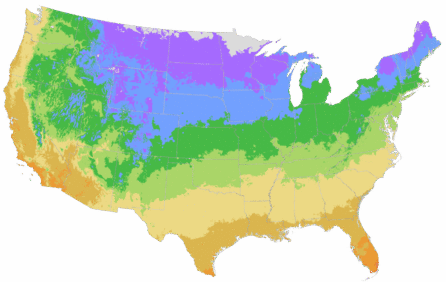You're growing in this Zip Code:
Change LocationDiscover Plants for Your Area
Happy Returns Dwarf Daylily
Hemerocallis x 'Happy Returns'
Retailers Near You
No Retailers found within 100 miles of your zipcode
Be Inspired: How to Use this Plant
| Bloom Time | Summer |
|---|---|
| Deciduous/Evergreen | Herbaceous |
| Special Features | Easy Care, Improved Pest and Disease Resistance, Waterwise, Compact Form |
| Problems/Solutions | Coastal Exposure, Erosion Control, Rabbit Resistant, Very Wet Areas |
| Growth Rate | Moderate |
| Flower Attributes | Flowers for Cutting, Repeat Flowering, Showy Flowers |
| Landscape Use | Border, Container, Poolside, Edging |
| Design Ideas | This carefree perennial fits into almost any garden. Spot into perennial borders as individuals or small clusters. Provides excellent season color among dull or tired looking shrub beds. A perfect way to spice up foundation beds out front. Mass into a sea of color for groundcover or in drifts within mixed plantings. Use as edging for walkways and lawns, or in the classical technique around the base of bird bath or sundial. |
| Flower Color | Yellow |
| Foliage Color | Green |
| Companion Plants | Black-Eyed Susan (Rudbeckia); Lavender (Lavandula); Coneflower (Echinacea); Cranesbill (Geranium); Shasta Daisy (Chrysanthemum) |
| Care Instructions | Thrives in organically rich loam; adapts to most soil types, provided they are well-drained. Water deeply and regularly during the first growing season to establish an extensive root system. Once established, reduce frequency; tolerates mild drought. Remove old foliage and spent blooms for a neat appearance and to promote continued bloom. |
| History | 'Happy Returns' is a descendant of popular selection 'Stella de Oro'. |
| Lore | Daylilies were nearly impossible to hybridize until 1921 when Dr. A.B. Stout perfected a method that proved so successful that by 1994 there were 36,486 cultivars under official registration. Daylily flowers are edible and plants have long been cultivation in Chinese kitchen gardens. |
| Bloom Time | Summer |
|---|---|
| Deciduous/Evergreen | Herbaceous |
| Special Features | Easy Care, Improved Pest and Disease Resistance, Waterwise, Compact Form |
| Problems/Solutions | Coastal Exposure, Erosion Control, Rabbit Resistant, Very Wet Areas |
| Growth Rate | Moderate |
| Flower Attributes | Flowers for Cutting, Repeat Flowering, Showy Flowers |
Retailers Near You
No Retailers found within 100 miles of your zipcode
Retailers Near You
No Retailers found within 100 miles of your zipcode
Buy Online
We cannot currently ship this product to your zip code.
About Us
We have been pioneers and craftsmen in the art of growing plants for nearly
100 years. Since our founding in Southern California by Harry E. Rosedale, Sr.
in 1926, we have been absolutely dedicated and obsessed with quality.
We have been pioneers and craftsmen in the art of growing plants for nearly 100 years. Since our founding in Southern California by Harry E. Rosedale, Sr. in 1926, we have been absolutely dedicated and obsessed with quality.







